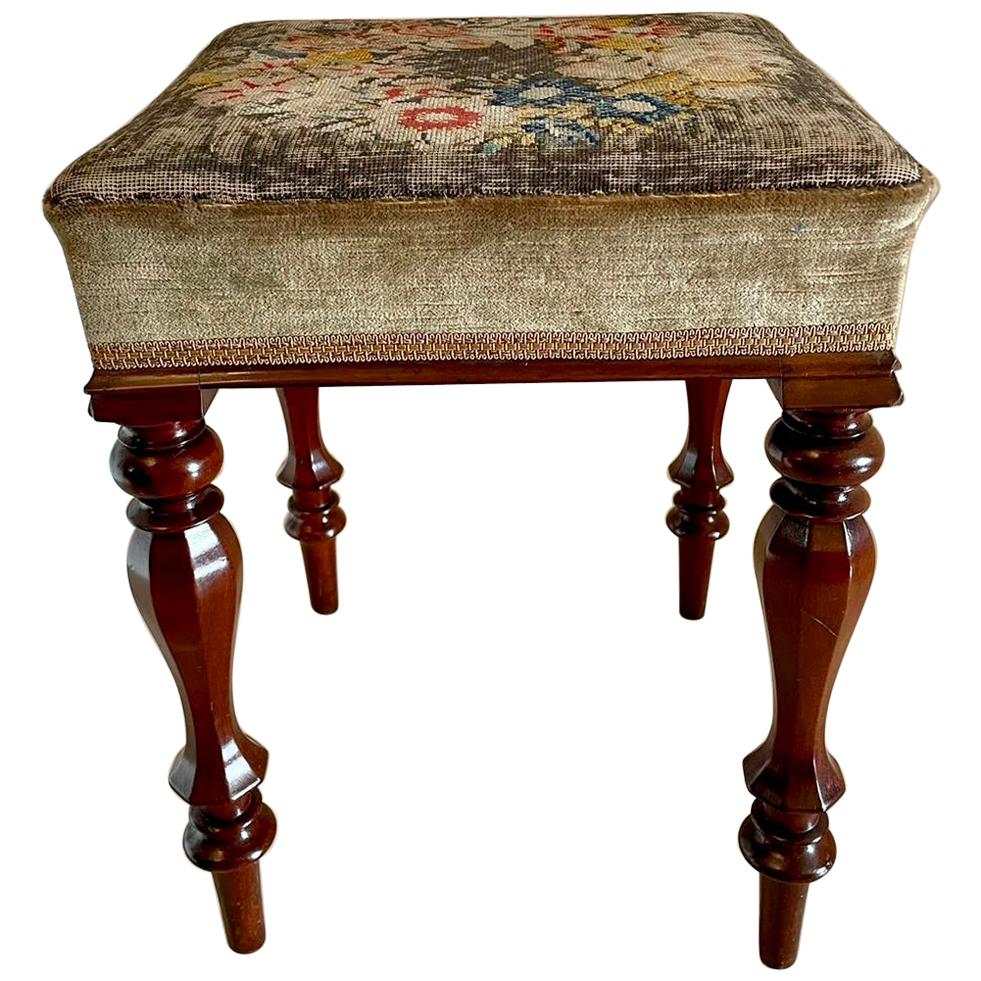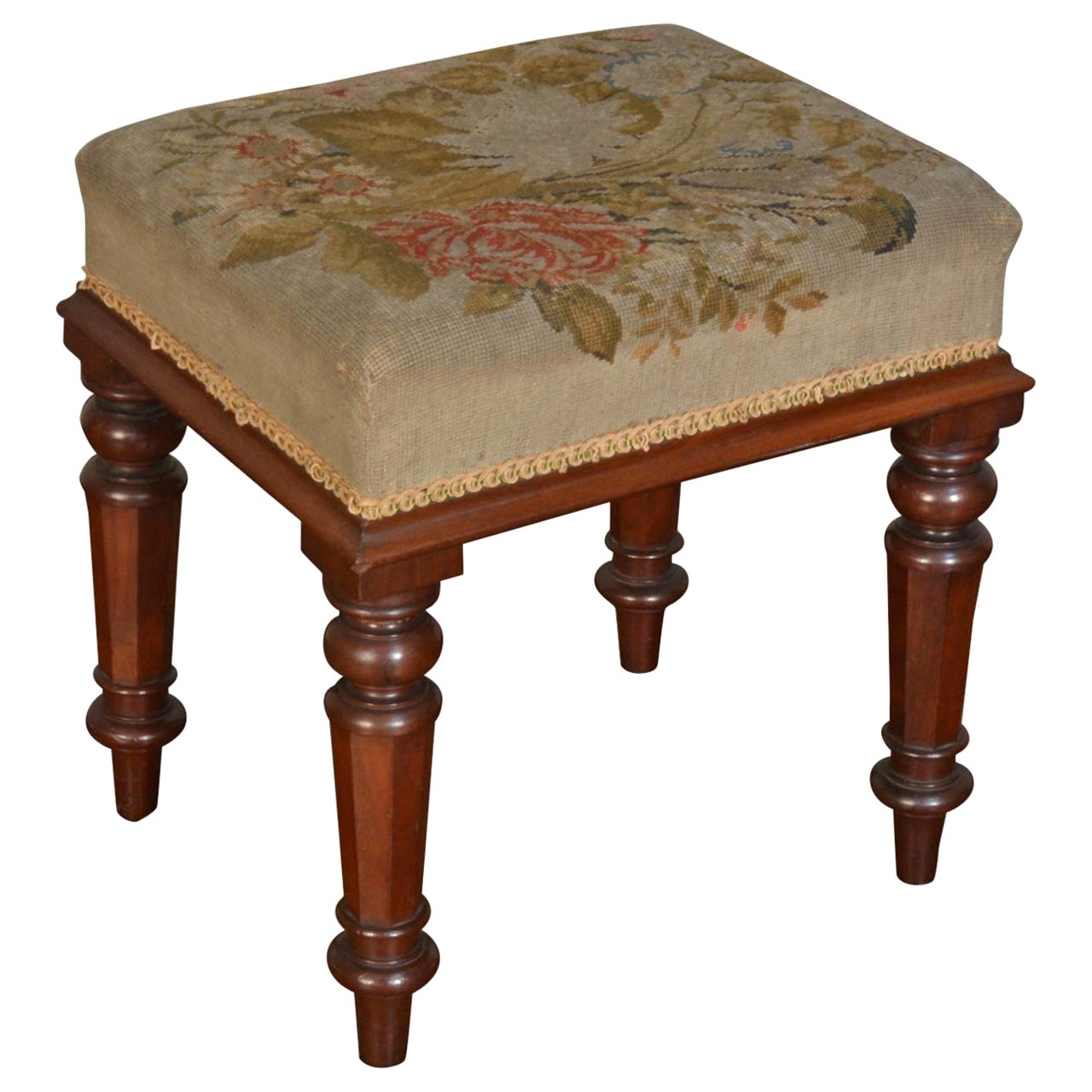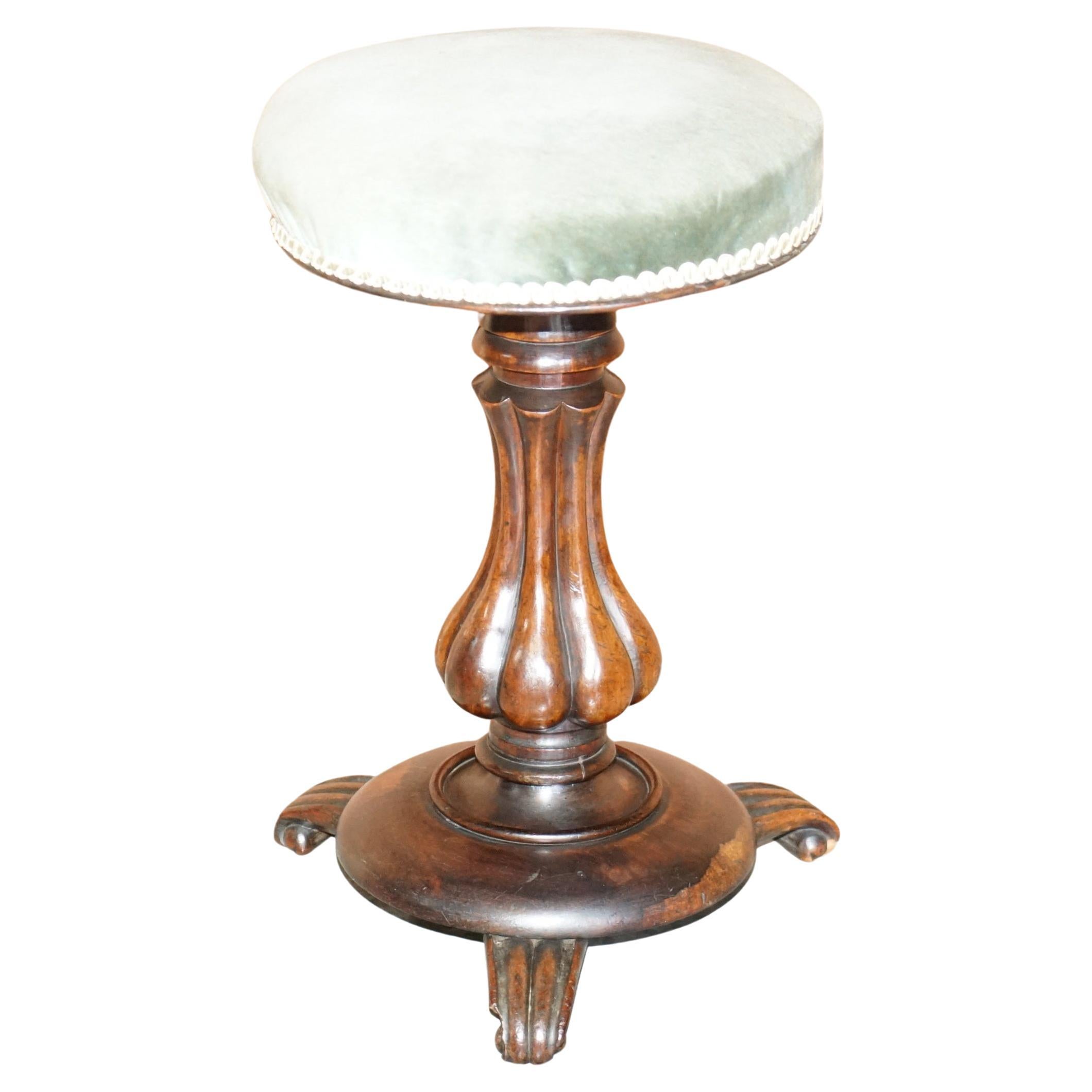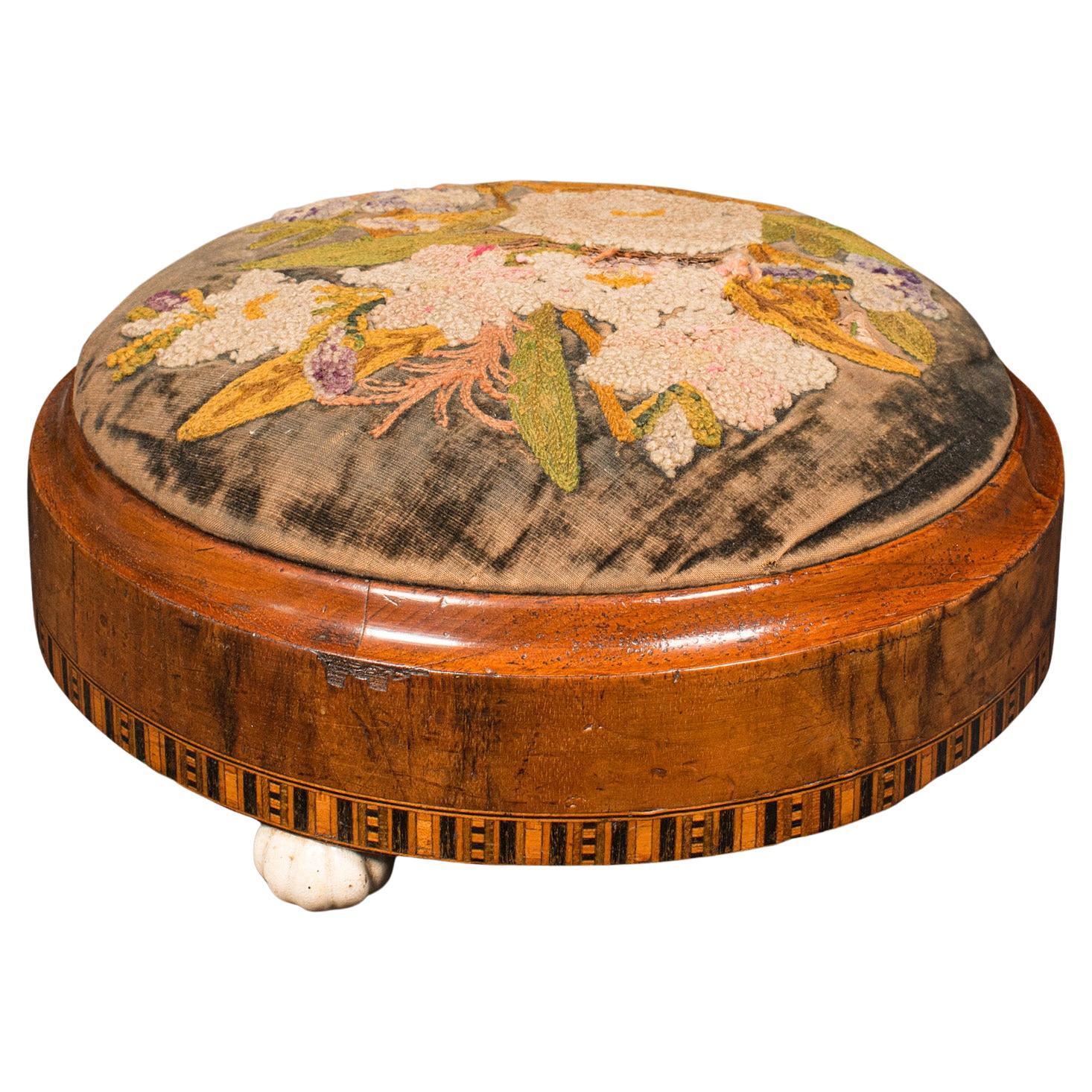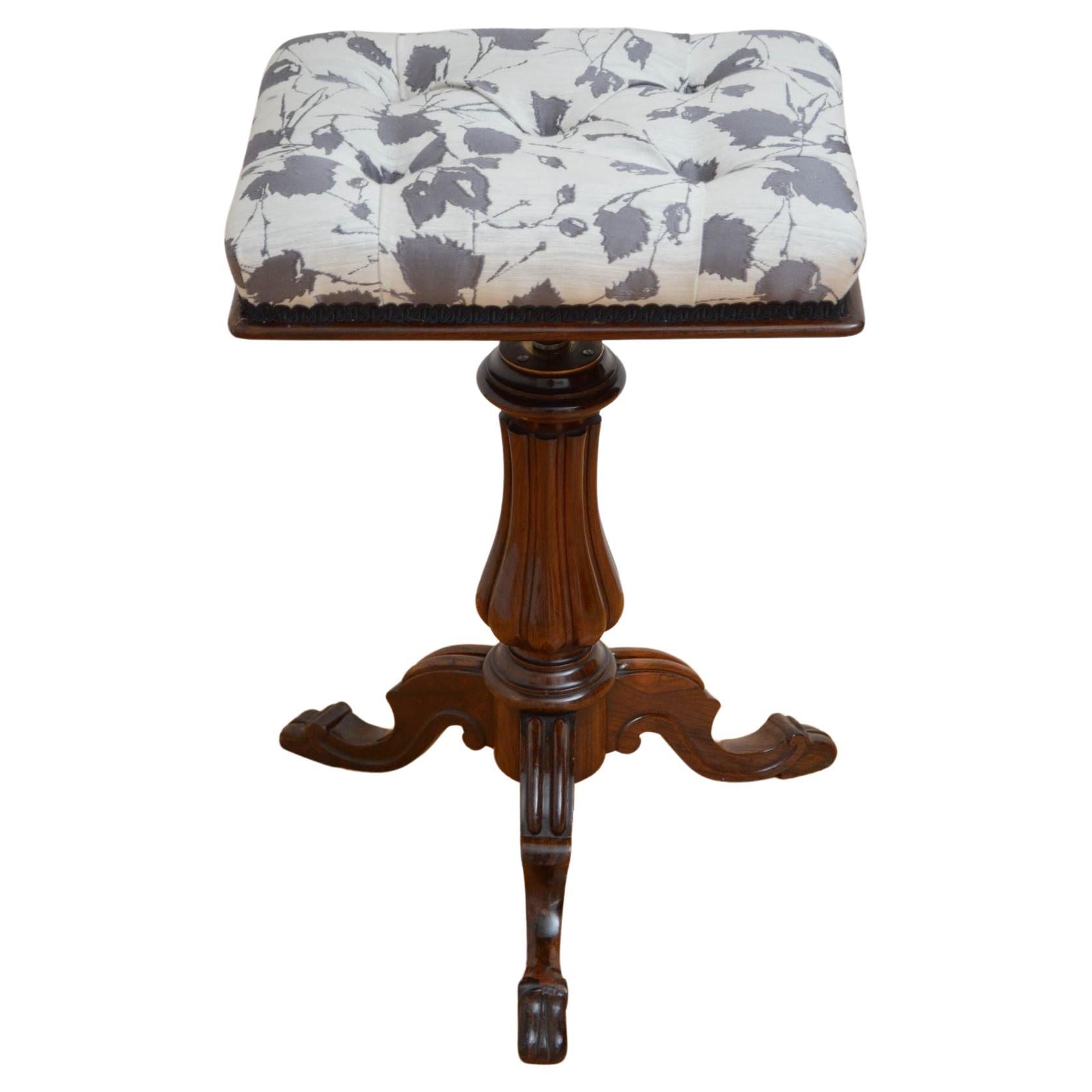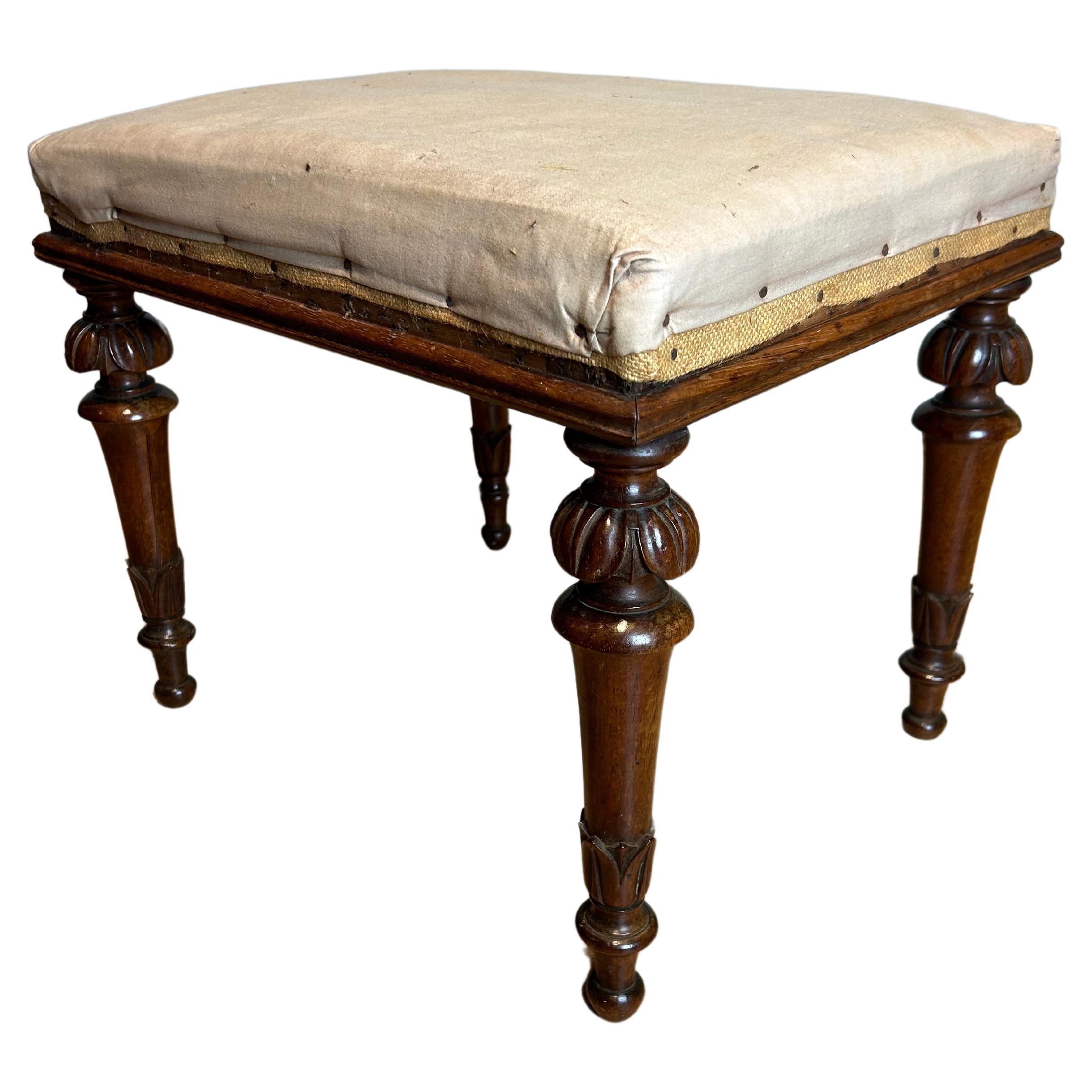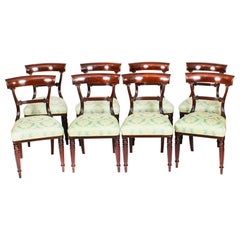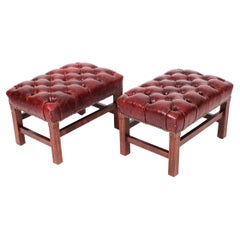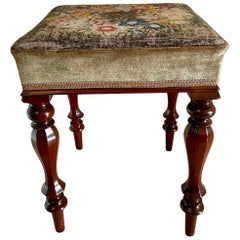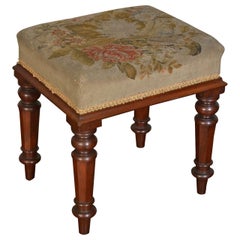
Antique Leather Banquette Stool, William IV, circa 1835
View Similar Items
Want more images or videos?
Request additional images or videos from the seller
1 of 11
Antique Leather Banquette Stool, William IV, circa 1835
About the Item
- Dimensions:Height: 20.08 in (51 cm)Width: 22.45 in (57 cm)Depth: 71.66 in (182 cm)
- Style:William IV (Of the Period)
- Materials and Techniques:
- Place of Origin:
- Period:
- Date of Manufacture:circa 1835
- Condition:
- Seller Location:London, GB
- Reference Number:Seller: 066961stDibs: LU95064800303
About the Seller
5.0
Platinum Seller
These expertly vetted sellers are 1stDibs' most experienced sellers and are rated highest by our customers.
Established in 1983
1stDibs seller since 2012
1,212 sales on 1stDibs
Typical response time: 1 hour
Associations
LAPADA - The Association of Arts & Antiques Dealers
More From This SellerView All
- Antique Set 8 English William IV Barback Dining Chairs Circa 1830 19th CLocated in London, GBThis is a fantastic English set of eight antique William IV barback dining chairs, circa 1830 in date. The set comprising eight sidechairs with seats that have been reupholstered in a striking azur fabric, and raised on reeded baluster front legs. These chairs have been masterfully crafted in beautiful solid mahogany throughout and the finish and attention to detail on display are truly breathtaking. Transform the fine dining experience in your home with this set of dining chairs fit for a king. THE BOTANICAL NAME FOR THE MAHOGANY THEESE ITEMS ARE MADE OF IS SWIETENIA MACROPHYLLA AND THIS TYPE OF MAHOGANY IS NOT SUBJECT TO CITES REGULATION. Condition: In excellent condition having been beautifully cleaned, polished, waxed and reupholstered in our workshops, please see photos for confirmation. Dimensions in cm: Height 87 x Width 47 x Depth 52 Height 48 - Seat Height Dimensions in inches: Height 2 foot, 10 inches x Width 1 foot, 6 inches x Depth 1 foot, 8 inches Height 1 foot, 7 inches - Seat Height Mahogany is probably one of the largest ‘families’ of hardwood, having many different varieties within its own species. Mahogany has been used for centuries in ship building, house building, furniture making etc and is the core structure of just about every 19th century vanity box, dressing case or jewellery box. It became more of a Victorian trend to dress Mahogany with these decorative veneers so that the actual Mahogany was almost hidden from view. Mahogany itself is a rich reddish brown wood that can range from being plain in appearance to something that is so vibrant, figured and almost three dimensional in effect. Although Mahogany was most often used in its solid form, it also provided some beautifully figured varieties of veneer like ‘Flame’ Mahogany and ‘Fiddleback’ Mahogany (named after its preferred use in the manufacture of fine musical instruments). Cuban Mahogany was so sought after, that by the late 1850′s, this particular variety became all but extinct. William IV - the brief reign of William IV (1830 – 1837) marked a period of transition between the Regency period (which had been an age of innovation based on revivalist styles such as ancient Egypt, and the Grecian designs) and the Victorian era. William IV furniture...Category
Antique 1830s English William IV Dining Room Chairs
MaterialsMahogany
- Bespoke Pair Buttoned Leather Stools Murano Port 20th CLocated in London, GBThis is a very handsome bespoke pair of leather stools in crimson leather, the colour is called Murano Port. They feature fantastic beautiful...Category
1990s Stools
MaterialsLeather
- Antique William IV Gilt Bronze Table Lamp, 19th CenturyLocated in London, GBA large, 72cm, beautiful English William IV table lamp, circa 1835 in date. The striking lamp features the original glass receiver, classic William IV design and has been converte...Category
Antique 1830s English William IV Table Lamps
MaterialsBronze
- Antique Regency Revival Window Hall Seat Stool 20th CenturyLocated in London, GBA superb antique Regency revival carved mahogany window seat, circa 1930 in date. The seat with superb exaggerated scroll ends is decorated with roundels and fluting. It has been r...Category
Vintage 1930s Stools
MaterialsMahogany
- Antique William IV Drop-Leaf Work Occasional Table Flame Mahogany, 19th CenturyLocated in London, GBAn exquisite antique William IV flame mahogany drop leaf work table, circa 1830 in date. The drop-leaf top with rounded corners supported by fly brackets ornamented with foliate scr...Category
Antique 1830s English William IV Tables
MaterialsMahogany
- Antique Large William IV Silver Tray Salver by Paul Storr 1837 19th CenturyBy Paul StorrLocated in London, GBThis is a wonderful English antique William IV sterling silver tray, or salver, by the world famous silversmith Paul Storr. It has clear hallmarks for London 1837 the makers mark of Paul Storr and is also engraved Storr & Mortimer 36, they were Goldsmiths and Jewellers to Her Majesty’ (1822-1839). It is typical of his work with the octafoil shape and the exquisitely detailed foliate and acorn rim. It is raised on four delightful foliate and scroll feet. The centre is engraved with a shield shaped coat of arms encompassing the lion rampant which I have had researched: The Arms of the Family of King The arms as engraved upon this William IV English Sterling Silver Footed Salver by Paul Storr hallmarked London 1837 are those of the family of King. They may be blazoned as follows: Arms: Sable a lion rampant between three crosses formy fitchy argent Undoubtedly this salver was in the possession of a gentleman who was member of a family bearing the name of King. There are a number of variants of these armorial bearings being borne by King families. Very often the lion is of a different tincture but the field of the shield is invariably remains ‘sable’. Similar arms and crest were recorded by Sir Edward Bysshe, Clarenceux King of Arms in his Visitation of the County of Kent of 1663 to the family of King, of Bromley. The tinctures of both arms and crest of King, of Bromley were slightly different to those engraved upon this tureen in that the Visitation family’s arms were ‘Sable a lion rampant ermine between three crosses paty fitchy or’ 1 and the crest ‘A lion’s gamb erect and erased sable holding a cross paty fitchy or’(see illustration below). These arms and crest were granted by Sir Edward Walker, Garter King of Arms on the 20th February 1660 – 61; and yet another Kentish family of King, of Bellevue who were created Baronets within the Baronetage of Great Britain in 1792 bore for their arms ‘Sable a lion rampant erminois between three crosses paty fitchy or’. Their crest being the same as the family of King, of Bromley. There is no mistaking its unique quality and design, which is sure to make it a treasured piece by any discerning collector. Please see potos of the 2nd Baronet Timothy Shelley, 1753-1844 and Castle Goring, his home. Condition: In excellent condition with clear hallmarks and no dings, dents or signs of repair. Please see photos for confirmation. Dimensions in cm: height 4 x width 44 x depth 44 Weight 1.96 kg Dimensions in inches: height 2 inches x width 1 foot, 5 inches x depth 1 foot, 5 inches Weight 63 troy oz Paul Storr born in London England in 1771, was to become one of the most talented silversmiths of the nineteenth century. Today his legacy of exceptionally well crafted silver, found worldwide in museums and private collections, leaves one in awe when compared to that of his contemporaries.After having served a seven year apprenticeship from the age of 14, he began his career in 1792 when he went into a brief partnership with William Frisbee. This did not last and in 1793 a new mark, (his initials ‘P S’) was entered. By the beginning of the nineteenth century he had established himself as one of London’s top silversmiths producing, amongst others, commissions for Royalty. In 1801 he married Elizabeth Susanna Beyer with whom he was to have ten children. In 1807 Paul Storr entered into a working relationship with Philip Rundell and by 1811 was a partner, and managing the workshops for Rundell, Bridge & Rundell. During this period he kept his own marks and separate workshop. However it was through Rundell, Bridge & Rundell who were appointed Goldsmith in Ordinary to George III in 1804 that his reputation as a master silversmith grew. His talents lay in being able to transform ideas and designs from Rundell, Bridge & Rundell’s designers, William Theed...Category
Antique 1830s English William IV Sterling Silver
MaterialsSterling Silver
You May Also LikeView All
- Antique William IV Mahogany StoolLocated in Suffolk, GBAntique William IV mahogany stool having a pretty mahogany freize and standing on beautiful octagonal turned and shaped tapering legs. In ...Category
Antique Early 19th Century English William IV Stools
MaterialsOther
- William IV Mahogany Needlepoint StoolLocated in Cheshire, GBWilliam IV mahogany stool, the needlepoint upholstered seat above molded frame raised up on four turned tapering legs. Dimensions: Height 17 inches. Width 16 inches. Dept...Category
Antique 19th Century English William IV Stools
MaterialsWood
- Fine Antique William IV circa 1830 Hardwood Piano Stool with Decorative BaseLocated in GBWe are delighted to offer for sale this stunning hand carved William IV circa 1830 Hardwood Piano stool A very good looking and well-made piano stool, its exactly what collectors ar...Category
Antique 1830s English William IV Stools
MaterialsUpholstery, Hardwood
- Antique Sampler Stool, English, Walnut, Boxwood, Embroidered, Decor, William IVLocated in Hele, Devon, GBThis is an antique sampler stool. An English, walnut and boxwood embroidered decorative rest, dating to the William IV period, circa 1835. Pleasingly embroidered low stool, ideal ...Category
Antique Early 19th Century British William IV Stools
MaterialsTextile, Boxwood, Walnut
- Two Banquettes William IV Style, Mid-20th CenturyLocated in Saint-Ouen, FRFour Banquettes William IV style, mid-20th century in birchwood with bronzes and leather upholstered.Category
Mid-20th Century British Stools
MaterialsBronze
- William IV Rosewood Piano StoolLocated in Whaley Bridge, GBSn5341 fine quality William IV piano stool in rosewood, having buttoned upholstered height adjustable seat raised on fluted column terminating in three carved cabriole legs. This ant...Category
Antique Early 19th Century Stools
MaterialsRosewood
Recently Viewed
View AllMore Ways To Browse
Zebra Hide Drum Table
Antique Walnut Drum Table
Antique Victorian Scottish Burr Walnut
Antique Mahogany Leather Top Drum Table
Scottish Tilt Top Table
Grecian Jewelry
Tilt Top Tables Mahogany Leather
Drum Table Victorian
Antique 8 Foot Dining Room Table Solid Wood
William IV Rosewood Card Tables
William Iv Rosewood Tilt Top
Antique Drum Carder
Victorian Rosewood Card Table
Industrial Table Saw Used
Victorian Mahogany Card Tables
Antique Tilt Top Table Chair
Regency Rosewood Card Tables
William Iv Dining Table Rosewood
